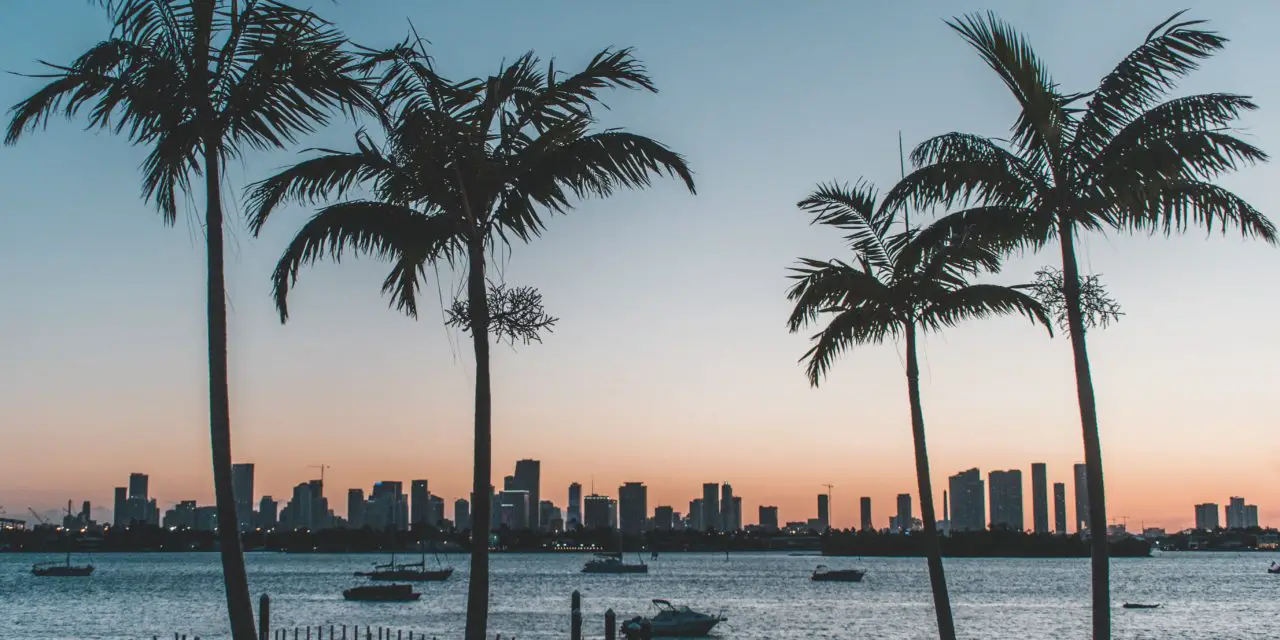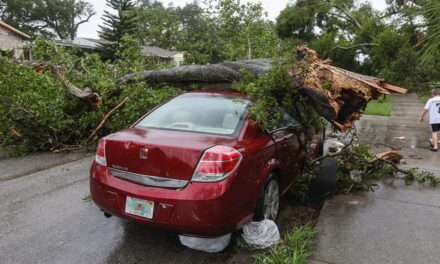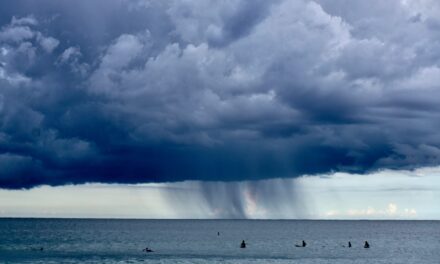Florida is one of the most sought-after destinations for retirement and family vacations. Thousands of families flock to the state’s many beaches and Disney World in Orlando each year. But, since Florida is a peninsula, flooding is one of the biggest concerns when visiting the state. What parts of Florida don’t flood?
There are several cities in Florida that are not prone to flooding. Some of these include Kissimmee, Orlando, and Port St. Lucie. These cities tend to see less flooding due to their elevation and a more central location within the state.
Below, we’ll discuss which areas in Florida are best to visit and live in if you want to avoid flooding. Keep reading to learn everything you need to know before your trip!
Which Cities in Florida Are Least Likely to Flood?
Florida is a great destination for anyone who enjoys sunny weather and year-round time at the beach. However, the state’s beaches and propensity for hurricanes and other severe storms make it prone to flooding.
If you’re considering vacationing in or moving to Florida, you may want to stick to the areas that are least likely to flood. If so, some of the cities you should consider include:
- Kissimmee
- Leesburg
- Lake City
- Sebastian
- Naples
- Gainesville
- Orlando
- Winter Springs
- St. Cloud
Below, we’ll discuss these cities and how prone to flooding they are.
Kissimmee
Kissimmee is considered the best city in Florida for anyone who wants to avoid flooding. It’s more centrally located within the state, meaning fewer hurricanes and flooding occur there.
Leesburg
Leesburg, another centrally-located city in Florida, is another great place to live or visit if you want to avoid flooding.
The city’s hurricane risk flood assessment returns a score of zero, and the flood score is also low compared to the rest of the state.
Lake City
Located close to the Florida-Georgia border, Lake City is considered the “Gateway to Florida.” This northern city also ranks high in safety as far as floods and hurricanes are concerned.
Sebastian
Sebastian is located on Florida’s east coast. Although it is right on the water, it still experiences very low rates of hurricanes and flooding.
Naples
Naples, located in Collier County, is considered a hurricane-free zone. This city is home to beautiful beaches and expansive golf courses, making it a tourism hotspot.
Gainesville
Gainesville is part of Alachua county and home to The University of Florida. Like Leesburg, this college town’s hurricane risk assessment gives it a score of zero.
Orlando
Orlando, home to Disney World and Universal Studios, is another great place to visit if you want to avoid flooding. It is considered the safest city in Orange County.
Winter Springs
Winter Springs, located in Seminole County, is considered a low-risk city for hurricanes. Since 1930, only 77 hurricanes, ranging in strength, have been recorded in the area.
St. Cloud
St. Cloud is located in Osceola County in Central Florida. Just like Winter Springs, there have only been 77 recorded hurricanes in the city since 1930.
Which Cities in Florida Are Most Likely to Flood?
While there are plenty of areas in Florida that have a low risk of flooding, there are several others that are known for flooding due to hurricanes and storms. Some of those cities are:
- Cape Coral
- Tampa
- Jacksonville
- The Florida Keys
- The Florida Panhandle
- Lehigh Acres
Despite the flooding risks, these cities still have larger populations due to their beaches and tourist attractions. Below, we’ll discuss why these cities are most likely to flood.
Cape Coral
Cape Coral has the highest flood risk out of all the cities in Florida. According to a non-profit report by First Street Foundation, Cape Coral has the nation’s highest percentage of properties at risk for substantial flooding.
Tampa
Tampa is very prone to flooding, especially from hurricanes. The land’s topography does not allow water to drain quickly, which can cause standing water to stick around for a while.
Although this standing water usually isn’t very deep, it can still cause damage to homes and businesses.
Jacksonville
Jacksonville is very prone to flooding. It comes in second in the nation, just behind New Orleans.
The Saint Johns River runs through the center of Jacksonville, which is a major thoroughfare from the ocean. The high tides can affect the river’s water levels, allowing flooding to happen easily.
Jacksonville also has a very inefficient water drainage system, allowing an abundance of standing water to collect.
The Florida Keys
The Florida Keys are exposed and isolated from the rest of the state, making them prone to flooding from hurricanes and strong storm surges. These surges can be life-threatening to anyone in the Keys at the time.
The Florida Panhandle
The Florida Panhandle, home to cities including Tallahassee, Pensacola, and Panama Beach, has been hit with the most severe storms in recent years.
A major storm hits this area approximately every two years, causing residents to sometimes lose power for weeks.
Lehigh Acres
Lehigh Acres is located in East Lee County and has a moderate risk for flooding. Due to the wildland landscape, the area is even more dangerous because of its major risk of wildfires.
In Conclusion
Florida is a beautiful, bustling state, full of beaches, great universities, and of course, Disney World. Its usual climate is sunny, warm, and humid during the late summer.
However, the combination of Florida’s shape and the humidity levels make it prone to flooding from hurricanes.
Some more centralized and higher elevated cities, such as Naples, are less prone to bad weather. Many central cities are listed as a zero on the hurricane risk scale. Because of this, they make great places to visit year-round.





